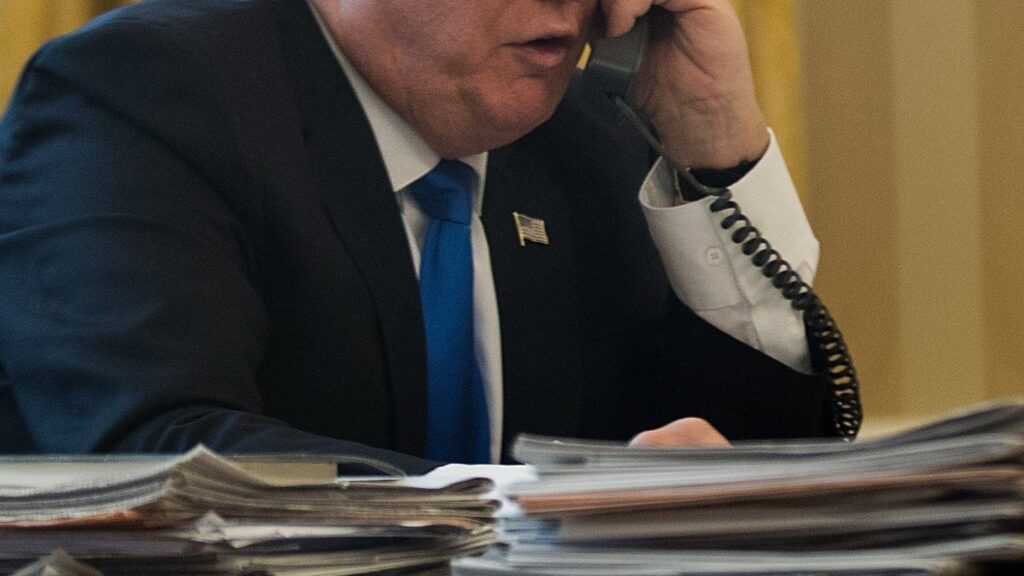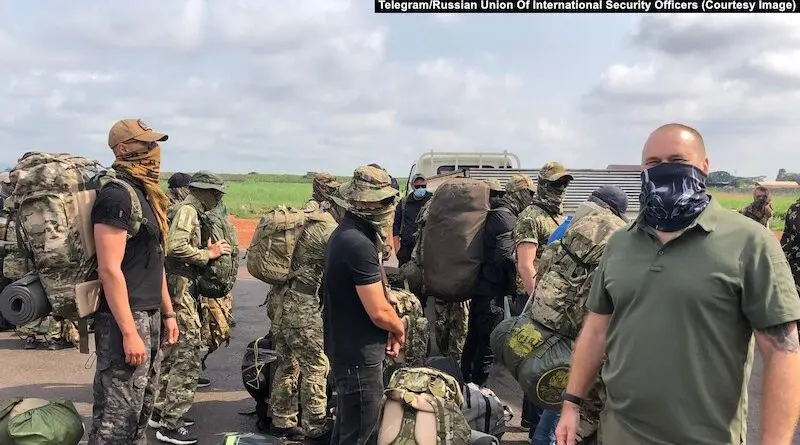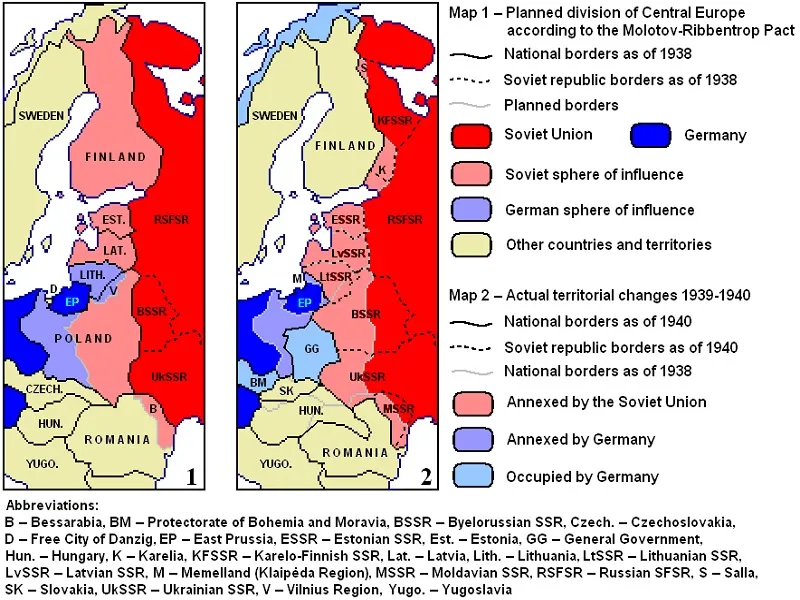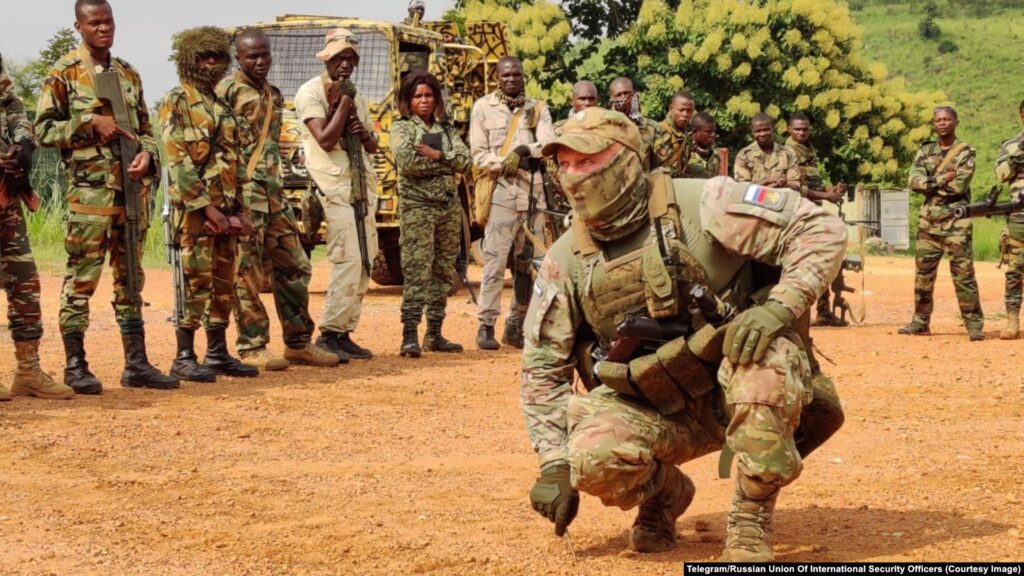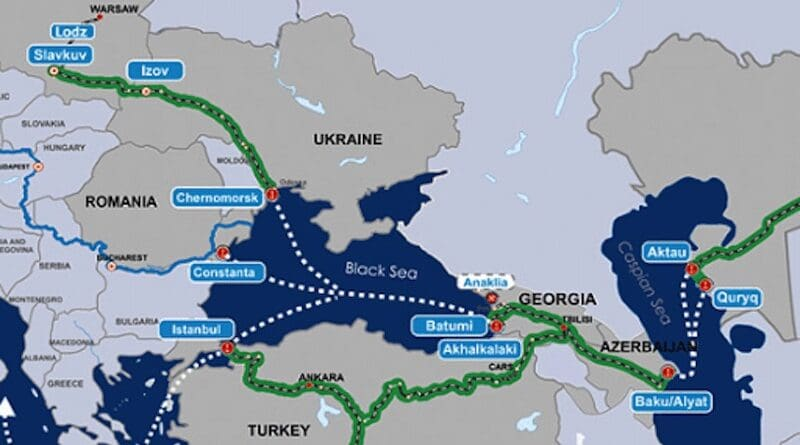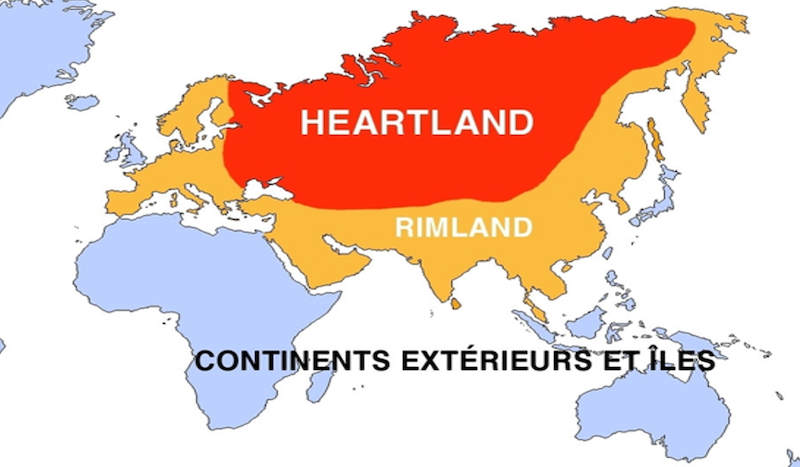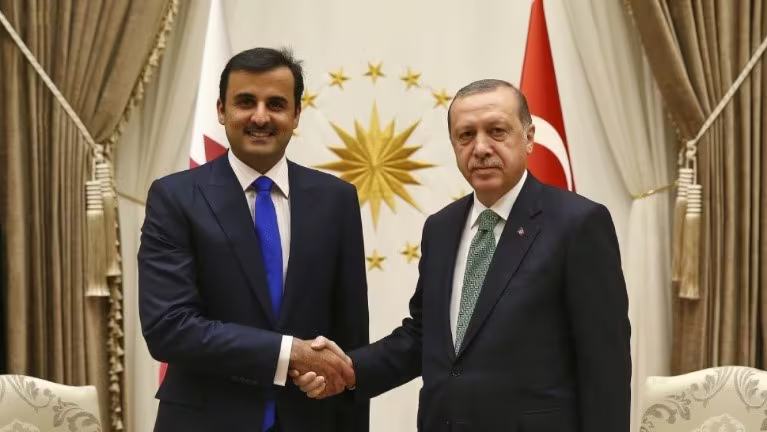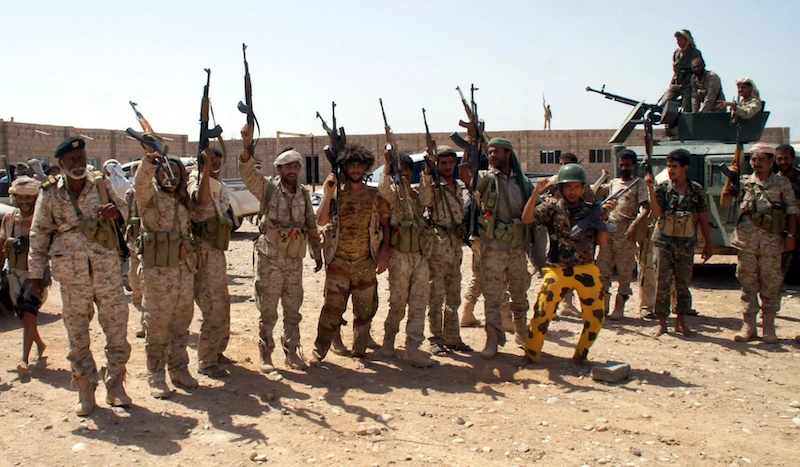Alexander Dugin’s plan to remake political science Russia’s most notorious Eurasianist is spearheading an initiative to purge higher education of ‘Americacentrism’
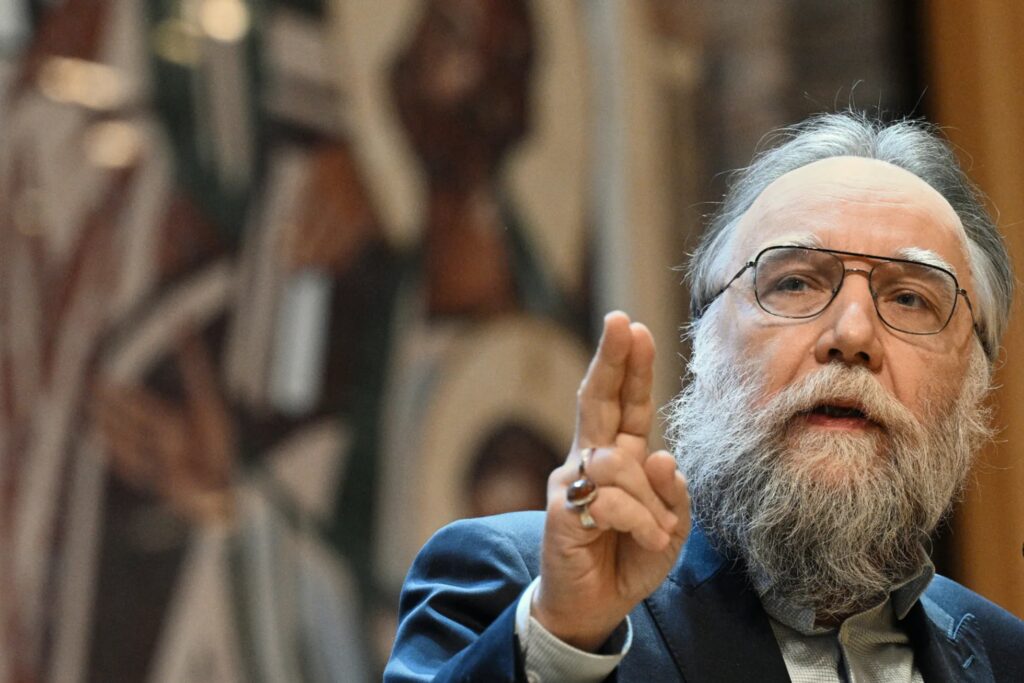
Eurasianist philosopher Alexander Dugin wants to change how political science is taught across the humanities in Russian higher education. Meduza has obtained access to a 240-page lecture series on political science, a 76-page teaching concept, and a shorter presentation for Russia’s Science Ministry — all prepared by Dugin’s team at the Ivan Ilyin Higher Political School at the Russian State University for the Humanities. Dugin and his colleagues warn that “Americacentrism” currently dominates Russian political science and must be “overcome.”

